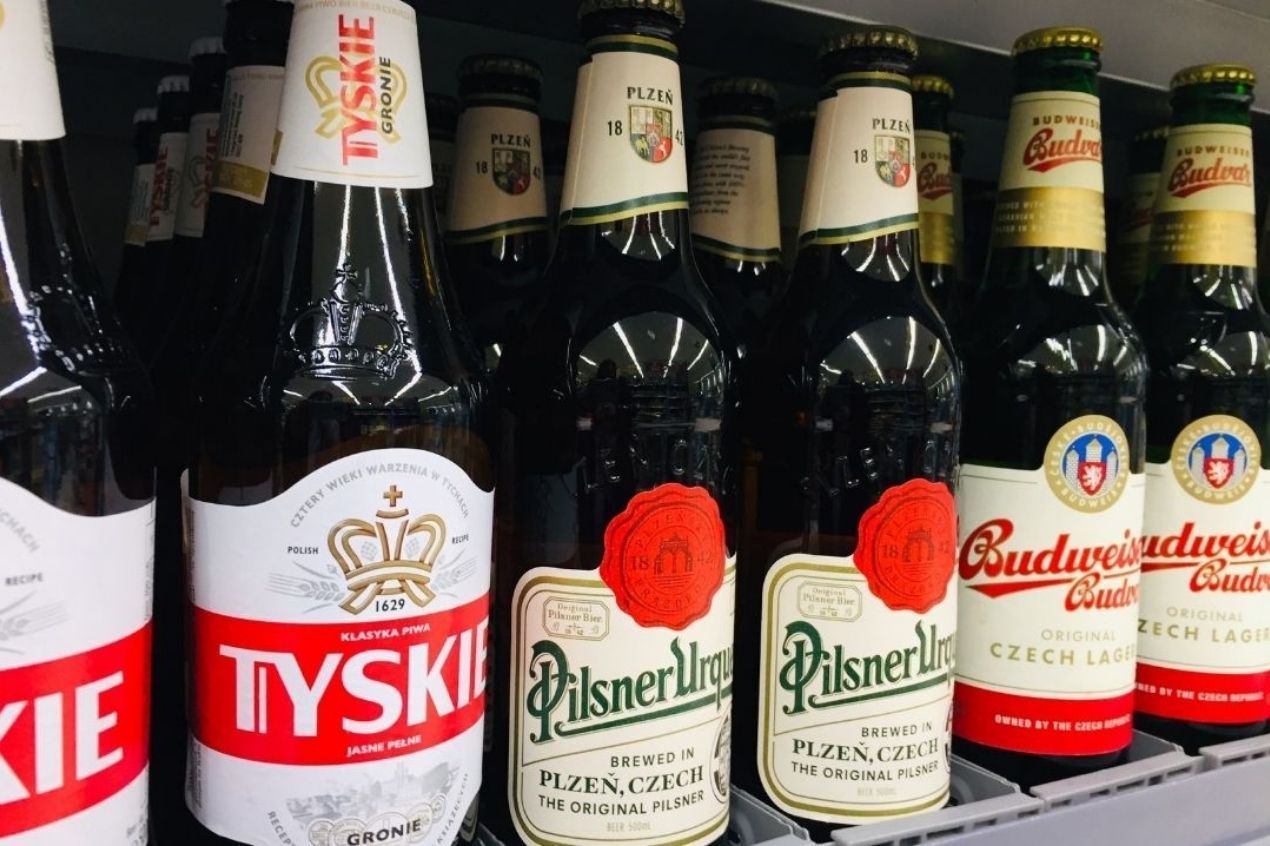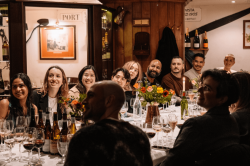Features
How to have an In-Home beer tasting
Beer Cicerone Cheryl Cade tells us how to have a perfect in-home beer tasting.
A great way to explore the dynamic world of beer is to have a home beer tasting. We will guide you through a few things to consider before hosting your own, with advice on choosing, serving, and finally tasting beer.
It is surprising that a drink with only 4 key ingredients (Water, Malt, Yeast & Hops) can have such a diverse range of styles. This can bewilder even the most seasoned drinker when faced with shelves of choice. The BJCP lists 23 main styles, CAMRA lists 12 both are subdivided into more. The range can be immense, from light refreshing Lagers to deep dark Imperial Stouts.
So, to start, Keep it simple to go for What you know, but be willing to experiment.
Where you source your beers can help. I would recommend visiting a local bottle shop, brewer, or pub (doing takeouts). I find that knowledgeable staff love sharing their favourites with interested people.
Subscription boxes from on-line retailers are also fun, as you never know what will arrive. They also include brewers from different areas.
Before you head to the shops have a little think about what you want to taste. Why not give yourself a theme, for example, 6 IPAs, bitters from local brewers, or explore the World by beer.
I would always advise not to drink alone so Bottle shares are a fun way to try new drinks. Each person buys a couple of beers, wraps them in bags or paper writing the style and ABV (Alcohol By Volume) on them. With an unveiling at the end, this works even on Zoom and normally there are surprises.
Key tip, when you first start limit yourself to 6 or 7 beers, this avoids tiring your palate.
The next step is temperature, most beers have suggested temperatures for service. There are general rules, Premium lagers about 4°, Goldens, Bitters, Pale Ales 8-12°, darker beers and barley wines 12+ but not above 18°.
Adventure tip, start a little colder, allow the beer to warm up, the aromas released will develop and change.
Next, we move to glassware, when comparing beers, it's always better to serve them in the same style of glass. Most competitions use stemmed glasses, this allows you to hold the glass to the light, to assess appearance without impacting on temperature, wine glasses work well.
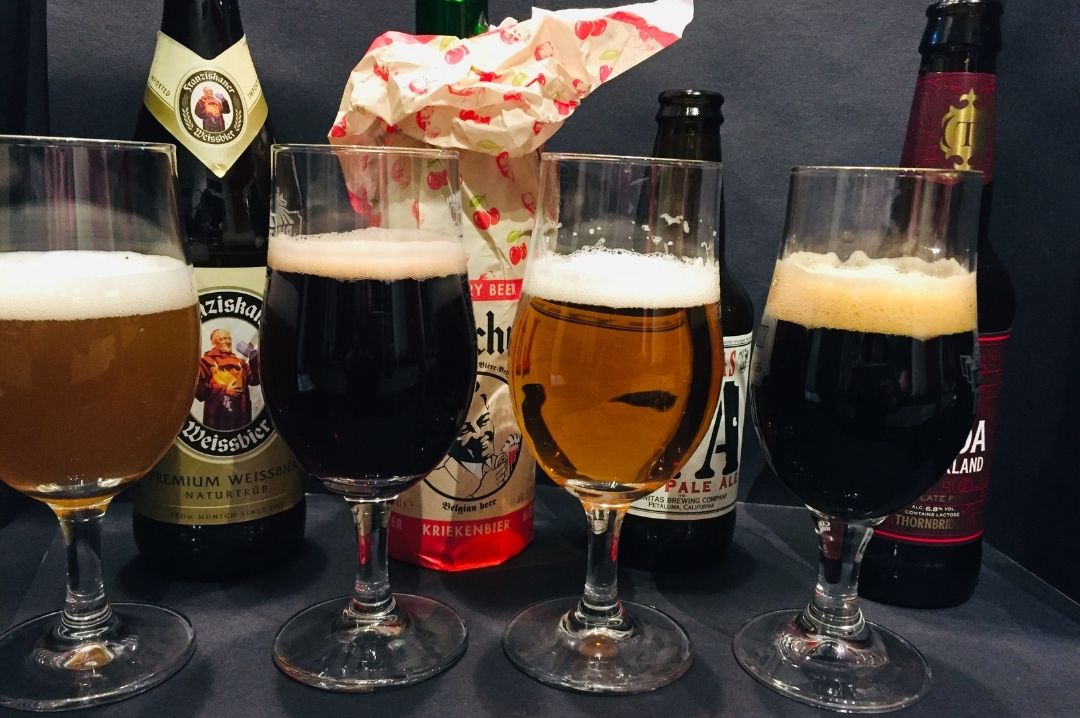
It is important to make sure the glasses are clean, dirty glasses are a ‘no, no’, they create nuclearization points, but also a greasy glass means the head will die. Professionals wash the glass first, rinsing it before giving a salt wash.
Making notes on each beer is helpful, but it can be daunting, so look to download flavor wheels as well as scoring cards or you can find dedicated Beer Tasting notebooks.
Key tip, before you start to taste make sure you have some water and crackers to clean the palate between each beer.
Now to taste.
Deciding on the order of the beers is relatively easy, Start light.
Look at the beers, their color, then ABV. Lighter in color and then lighter in ABV is generally a good rule.
When pouring your samples, leave a 3 fingers gap at the top of the glass free from beer, this will allow aromas to develop.
Compare a couple at a time.
All judging competitions follow the order below when assessing a beer.
Appearance. Ask yourself, what is the color? Golden, deep ruby red, black, etc. Is it clear or cloudy? Sometimes beer can have a chill haze, making it cloudy. How does the head look? Open with big bubbles, tight with little bubbles and bright white. Finally, does the head last?
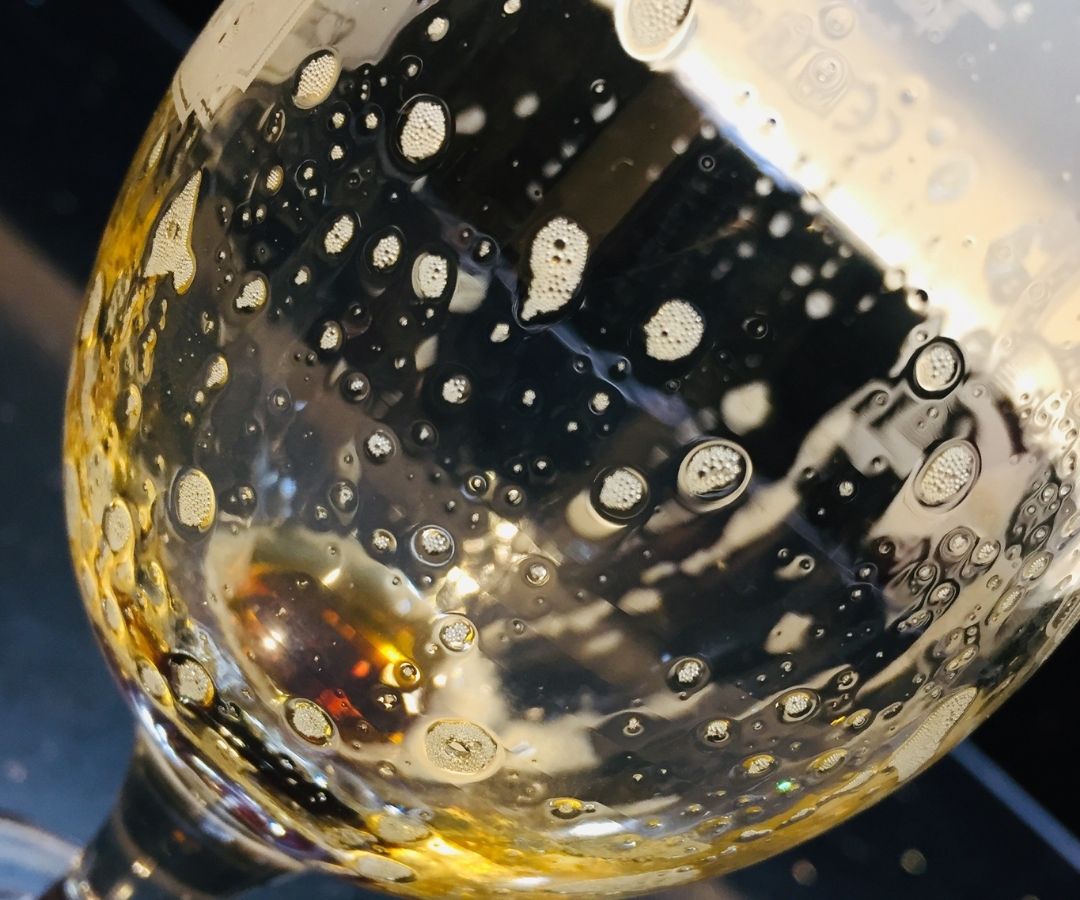
Aroma. This is 90% of the taste, it prepares you for the first sip. Further triggering all your past memories of when you had something similar.
Aromas can be very diverse, from the fresh cut grass mixed with warm white bread of a Pilsner to a full-on roasted coffee of a stout and everything in-between.
Key tips, do not inhale deeply, this floods the nose, little tiny sniffs are better.
If there is a little aroma, place your hand over the glass, give it a swirl, this will activate more CO2 and release more aroma.
Taste. These are the flavors that you get when the olfactory and tasting system join. They can include, sweet malty notes balanced with some bitterness of a Best Bitter, or the fresh mango fruits of a USA IPA. The range of different tastes are uncountable.
Key tip, have at least 3 sips then pause, think about what you are tasting. Make sure you coat the whole mouth with these sips.
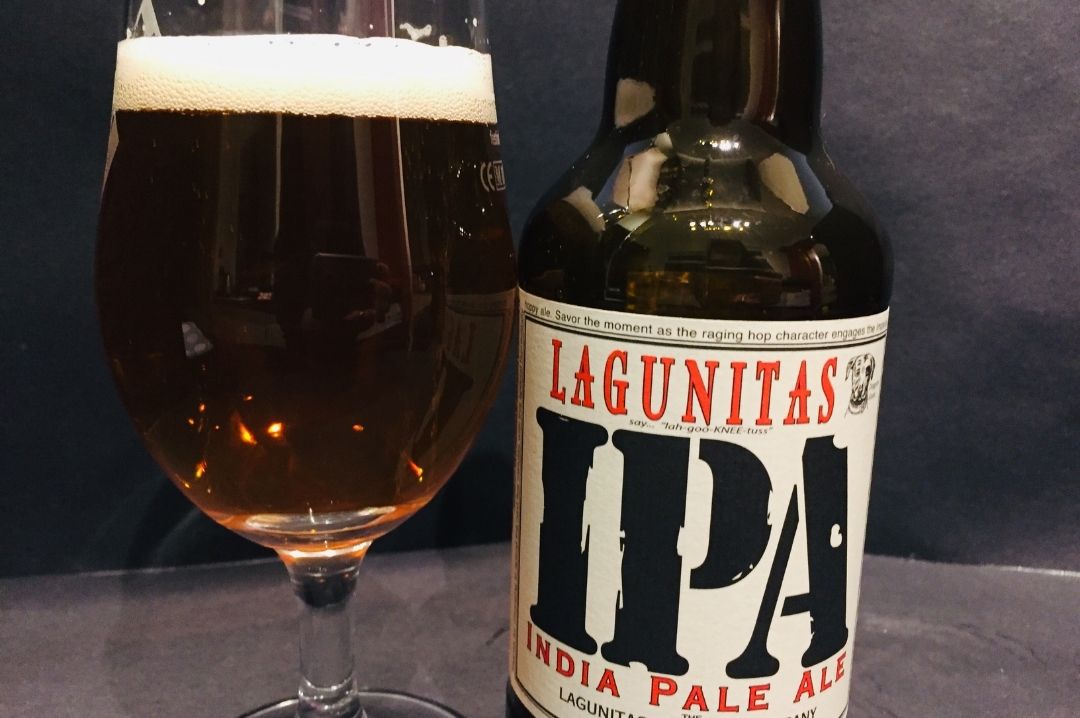
Aftertaste. This can be short or lingering. I always wait for 2 mins before deciding on the aftertaste. A cask Pale Ale might have a light lemony aftertaste that is over quickly. Whereas an Imperial Stout with a high ABV could last for over 5 minutes leaving a rich alcohol warmth.
In this section, you may also think about the mouthfeel of the beer. Is it oily, grainy, drying or spritz on the tongue?
In general, it is important to note that this is not how you normally drink a beer. When chatting to friends over a drink in a pub you do not tend to focus on it. You will find if subject your regular beer to an intense study will deliver something different.
Beer is such a diverse drink with new things coming out all the time, but remember everyone’s palate is different, so don’t worry if you don’t get the same as your friend, what you should get is a fun time sharing a beer even if it is over a computer keyboard.
After your successful home tasting, you may want to go more in-depth check out CAMRA’ Discovery Zone or Cicerone training with Beer with Nat. You can also join groups like RateBeer to see what other people make of the same beers.
Cheers!!!


